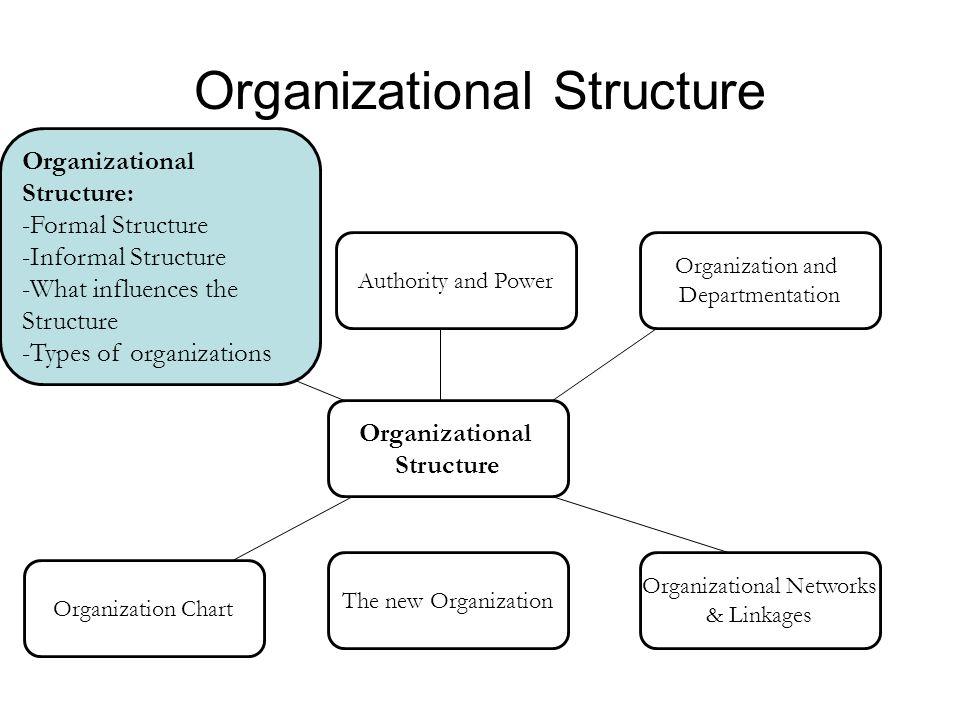Little Known Questions About Relational Leadership Essentials.
Little Known Questions About Relational Leadership Essentials.
Blog Article
Not known Facts About Relational Leadership Essentials
Table of ContentsIndicators on Relational Leadership Essentials You Should KnowRelational Leadership Essentials Fundamentals ExplainedThe Definitive Guide to Relational Leadership EssentialsRelational Leadership Essentials Can Be Fun For AnyoneAll about Relational Leadership EssentialsThe Buzz on Relational Leadership Essentials
Yet, as even more companies embrace dispersed workforce methods, collaborative, clear, and versatile frameworks will play a crucial role in success - Relational Leadership Essentials. Recognizing that a matrix framework's adaptability supports agile teams, advertises engagement, and values cross-collaboration, it's time to choose if your company needs renovation in these areas. If so, transitioning to a matrix structure might be a solid relocation in the right directionIf your social media marketing department recognizes an untapped customer base, your structure should make it simple for the head of that division to communicate this discovery to elderly management and the sales team. This can be real also if you have a top-down structure in which authority rests in the hands of your elderly administration group.

Getting My Relational Leadership Essentials To Work
Despite the sort of organizational framework you select, there will always be a reporting network that finishes with a final choice maker. In a flat structure in which employees are given broad latitude to make suggestions and take ownership of their job procedure, choices are made based on the consensus of employees functioning in a group.
TASK 1 1.1: Organizations are established to fulfill a need, for example to supply items or services. Organizational structures can take lots of types.
Organizations can be structured in various methods: by feature, for instance, procedures, marketing, money, fundraising, and so on by region by product, as an example, publications, support, working as a consultant, distribution in work teams, for example, client/customer groups. At the top of the framework is a solitary individual, who has a handful of individuals reporting straight to them.
The Definitive Guide to Relational Leadership Essentials
Advantages of hierarchical frameworks: An ordered structure utilizes clear coverage lines. It is very easy to see what each team is called, exactly how several people there are in each group and how they connect to various other people in the system. Negative aspects of hierarchical frameworks: Individuals can really feel embeded a 'silo' and miss out on chances for co-operation, both for themselves and the organisation.
There are fewer levels in the level structure organisation. In this instance structure, there is one person on top with every person else reporting into them on an equal level. Benefits of flat structures: individuals feel more engaged and can tackle even more obligation greater interaction better esprit de corps less administration and simpler choice making lowerEven teams of young kids begin to develop a network or informal hierarchy.
The Relational Leadership Essentials Diaries

An organizational structure develops a framework for just how a company operates, consisting of the division of responsibilities and authority. With each other with culture, strong org frameworks can maintain firms lined up with business goals and objectives, moving on as one. Here are the most common alternative org structures in use: organizational structure business structure business structure organizational structure business framework business framework business structure You may ask, what is the ideal organizational structure? The response depends upon the kind of company you wish to run (servant-leadership).
The supervisors produce the strategy and the staff members carry out the plan. Top-down orgs have actually operated in an organized and easy-to-understand power structure for hundreds of years.
A Biased View of Relational Leadership Essentials
Some have actually suggested that this style of structure is obsoleted, in a world that is moving so quickly. The view might be great from the top, but what concerning the rest of your company? Image by mirsad go to my blog mujanovic/ Licensed under Pexels Permit Benefits of a top-down org structure include: A clear concentrate on direction and tasks Streamlined decision-making Functions and obligations are clear Familiar and comfy process Downsides of a top-down org structure consist of: Team participants have little control or input right into the work item Managers might not see voids in between assumptions and group abilities until it's far too late Much less independent thinking at reduced degrees Reduced staff member engagement and interest A bottom-up organizational framework works much in different ways.
Jobs and responsibilities change in time. Lower-level employees within a company are approved higher authority to solve problems, established instructions, and take on jobs. The objective is to permit for greater input from the workers closest to the clients or problems and create a much more collective environment. https://www.quora.com/profile/William-Lamb-158. Rather than strategy, ideas, and tasks being handed down from the top, ideas and understandings are developed at the base and flow upwards in the bottom-up org structure.
4 Simple Techniques For Relational Leadership Essentials
While using the same principles as the top-down frameworks, it better delegates duty and authority to managers. Usually used in huge companies, responsibilities may be split into departments or systems which managers manage and establish technique in their particular areas. Secondary supervisors produce the execution technique and lower-level workers are assigned jobs.
Report this page